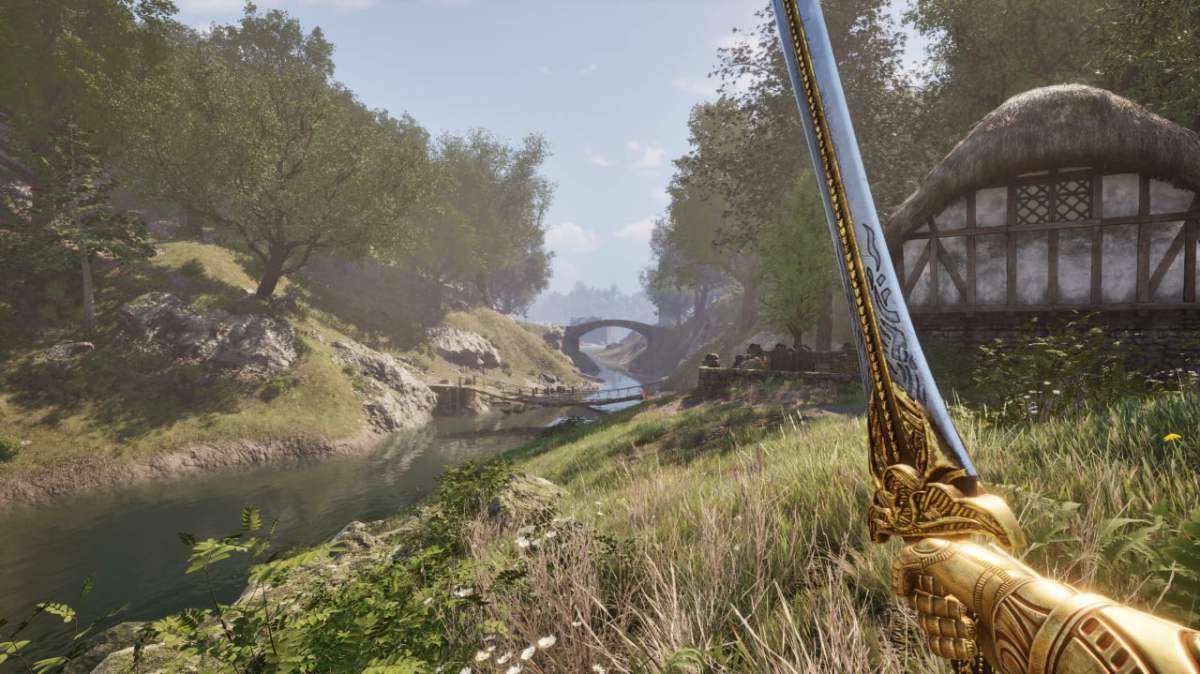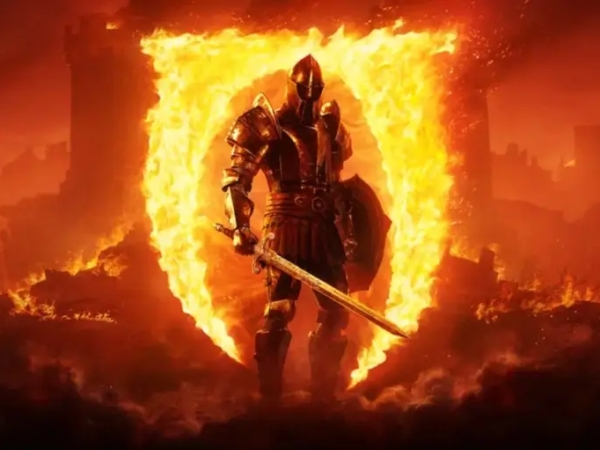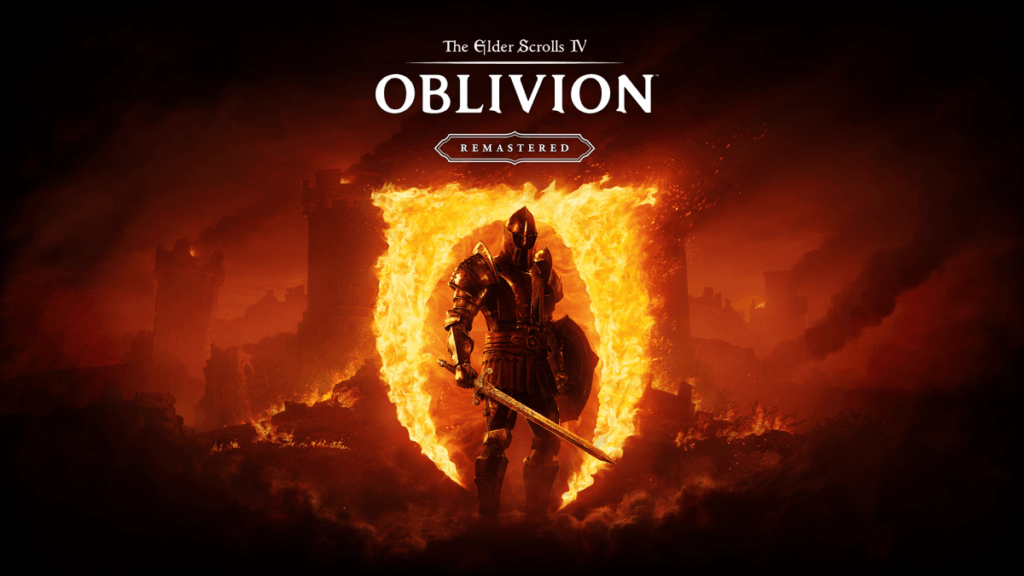In 2006, Oblivion dropped like a magical bomb, changing RPGs forever and teaching a generation that you can’t just walk into Kvatch unprepared. Fast forward nearly two decades, and Bethesda has decided to give Cyrodiil the spa treatment with Oblivion Remastered. But what exactly has changed? Here’s your guide to all the shiny new (and hilarious) differences. Do keep in mind that the game is huge, so these may be other changes I haven’t noticed yet. Feel free to shout out anything you’ve noticed in the comments section at the end of the article.
Graphics & Visuals: From Potato to Picasso
- Engine Upgrade: Powered by Unreal Engine 5, the world now looks less like a fever dream and more like an actual fantasy paradise. Sadly, the game has lost some of its vibrancy, as well as the insane bloom effect, but the trade-off is worth it. Oblivion now looks like what you remember it looking like.
- Character Models: NPCs have finally learned to emote properly. Goodbye, dead stares; hello, expressive faces that don’t haunt your dreams. Well, kind of. Facial models are still stiff compared to other games, but compared to the original Oblivion it’s a massive improvement. Characters clothes, armour and weapons look superb, though.
- Dynamic Environments: Water reflects properly, weather feels alive, and sunsets might just make you stop and cry in the middle of a goblin cave. The new lighting system is gorgeous, especially when you encounter an Oblivion gate.
Gameplay & Mechanics: Less Jank, More Joy
- Combat System: Sword swings feel meatier, bows have actual weight, and enemies react to being hit like they’ve just been personally offended.
- Stealth Mechanics: Sneaking is less “maybe they’ll see me, maybe they won’t” and more “I am a shadow.”
- Stamina Management: You aren’t a wheezing mess after 10 seconds anymore. And you can sprint now, making getting around much quicker.
- Third-Person Camera: It’s smooth, responsive, and finally worth using outside of “Look at my sweet Daedric armor” screenshots. Squeeze your eyes and you could almost think you were playing a third-person action game. Almost.

UI & Menus: Streamlined for the Modern Adventurer
- User Interface: Sleeker, cleaner, and about 75% less “where the hell is that quest marker?” Handy improvements include zooming in to see the local map rather than it being on a separate tab, and just a lot more information in general.
- Control Schemes: Redesigned to feel natural whether you’re keyboard-mashing or chilling with a controller. Now, the d-pad acts as shortcuts for opening up the map, magic, stats and inventory.
Audio & Voice Acting: More Voices, Less Cloning
- Voice Acting: They finally hired more than four people! Expect a lot more vocal variety across the land. There’s even some completely new lines of dialogue, too! But best of all, they’ve kept an old mistake in which you can hear an actor asking to do a line again before laughing.
- Sound Design: Forests whisper, caves groan, and cities feel alive with actual ambiance. There’s a lot of new background and ambient sound, making for a more immersive experience. Right up until you hear one of Oblivion’s famously weird NPC conversations.
Leveling & Progression: A Full Makeover
Leveling in the original Oblivion was… an experience. You chose seven Major Skills, and the only way to level up was by improving them. Worse, you had to micromanage every skill increase to squeeze out the maximum +5 bonuses to Strength, Endurance, and other attributes at each level. If you didn’t? Congrats: the bandits now have adamantium armour, and you still hit like a wet noodle.
Remastered throws that nightmare into the nearest Oblivion gate and shuts it behind you:
- Major Skills Still Matter, But More Flexibly: You still choose Major Skills, but now any skill increases contribute to leveling. Major Skills just give a little extra XP.
- No More Attribute Multipliers: Gone is the awkward “train Acrobatics 10 times to get +5 Agility” nonsense. Now, when you level up, you automatically receive twelve attribute points to freely assign wherever you want — Strength, Intelligence, Endurance, and so on. Build your hero your way, without a calculator.
- Skill-Based Progression: Using a skill naturally levels it up, and leveling skills feeds into your character level without weird backflips. Want to be a better sneaky archer? Just sneak and shoot. No spreadsheets required.
- Dynamic Difficulty Scaling 2.0: Enemies still scale (this is Oblivion) to your level, but it’s much smarter. You won’t get obliterated by a highwayman in full Daedric armor just because you spent a sunny afternoon picking Nirnroot. It still isn’t perfect, but it’s a hell of a lot better than it was.
In short: you get to play the game how you want, level up when you want, and become who you want without feeling like you accidentally doomed your entire save file by picking Speechcraft as a Major Skill. (We’ve all been there.)

Because saving the world can wait until you’e solved a murder mystery or gotten trapped in a crazy magical painting.
Content & Expansions: All the Goodies, No Extra Payment
- DLC Integration: Knights of the Nine, Shivering Isles, and all the other DLC goodies are baked right in. The result is an expansive game with hundreds of hours of content.
Bonus: Yes, Horse Armor is Back
Horse Armor: The internet’s favorite microtransaction is back—shiner, sassier, and still utterly useless. Yup, the Deluxe Edition even gives you some new four-legged armour. 10/10, would buy again.
